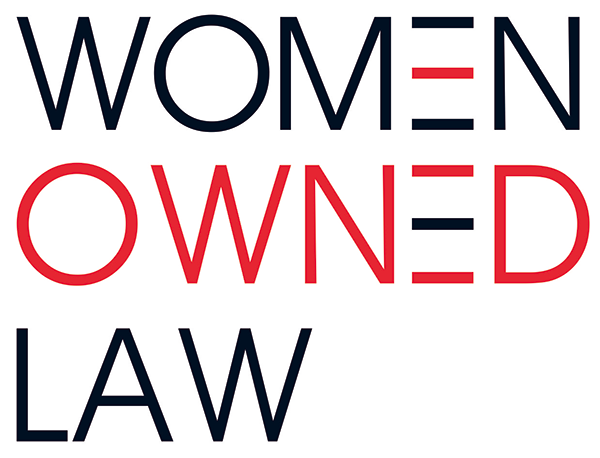By Francine Friedman Griesing | Founder & Managing Member | Griesing Law, LLC
Business owners are responsible for protecting themselves against the risks that can negatively jeopardize their business and ownership interests. One of the most common issues that arises with entrepreneurs is having a relationship with a business partner or partners go sour. In my career, I have represented several business owners who have been pushed out of businesses they founded or have seen a significant decline in what their business is worth due to poor relationships with their business partners. I have also served as a neutral arbitrator or mediator in far too many cases where a successful business imploded when the partnership relationship when awry. By the time they seek help, the damage may be so great that it can’t be undone. So how do business owners get to this point and what can you do to avoid it?
Let’s review some case studies where businesses suffered when partners no longer got along. We’ll then consider some strategies to prevent similar difficulties from harming your business. (These are hypotheticals based on an amalgam of situations and none are intended to reflect a specific case or situation)
Case Study #1: Strange Bedfellows
Jennifer gets a job out of college working for Max in his plumbing supplies business as a marketing assistant where she pitches products to chain stores such as Home Depot and Lowes. She works there for fifteen years when Tom is hired in the accounting department. They don’t work much together and have an amiable working relationship. Max wants to retire so he asks Jennifer if she wants to buy him out over time. When Tom hears of this, he says he wants in as well. Jennifer figures that makes sense as they cover different aspects of the business and it will spread the risk between them. So, they enter an agreement splitting the ownership and both Jennifer and Tom pay off Max. Jennifer focuses on marketing and leaves the bookkeeping to Tom. When her distributions start to drop, she looks at the books and discovers that her partner is running family expenses through the business, cheating her out of profits and possibly committing tax fraud.
Case Study #2: All in the Family
A married couple with four young children start a family design and construction business. They work hard and the business flourishes. All four children join the business. They expect to share in the ownership equally. The mother dies unexpectedly and a year later the father remarries a woman who has two grown children. One of them is successful and happy in his career, but the younger son is jumping from one job to another. He wants to do marketing in the family business but has no experience. The new wife persuades her husband to give her son a chance so the father brings him in to work on marketing. He is not very good in this new role but the wife is happy. The pressure starts to build from his wife for the father to have a succession plan that divides the business five ways instead of four to include his stepson. He capitulates and soon after two of his children leave for a competitor diverting some key clients and luring away some valuable employees.
Case Study #3: Frenemies
Lisa starts a catering business and meets Sue, a baker who is building a strong following. After seeing each other again at a few events, Lisa invites Sue to become her equal partner in the catering business. They write up a one paragraph agreement that says they each own whatever they bring into the business and any disagreement must be decided in arbitration. Lisa brings many things into the business, Sue does not. Lisa borrows money from her family and starts buying equipment and other supplies as well. Lisa signs a lease in the company name. Sue gets another offer and stops working on the business but uses the company space and the equipment Lisa bought for the business to sell Sue’s baked goods to other caterers. Lisa wants to end the partnership, and Sue demands a huge sum to be bought out and half of the assets including what was contributed by Lisa. Sue also starts promoting her own business on Facebook, diverting customers from Lisa while they are still partners.
The Outcome
Lawsuits between business partners are tedious, expensive and require a plethora of documentation. In every one of these cases, the parties face substantial legal expense that hurt them and the business. Even with fee shifting provisions, if they settle, each side usually pays its own costs, which include lawyer fees and expenses for document production that can be especially costly if your business uses Slack or text messages.
What Business Owners Can Do
First and foremost, you need to draft an agreement in writing from the onset that is enforceable in a court and in your jurisdiction with all parties agreeing to personal jurisdiction. Your agreement must address the following questions:
- Who are the parties involved in your business partnership?
- What are their respective duties and benefits?
- When are the duties performed or the benefits given?
- Where do you handle disputes?
- How do you resolve disagreements?
- How do you get out of the business partnership?
A critical step in this process is assessing your business plan from day one. Carefully choose the individuals you trust to go into partnership with, prioritize communication and keep track of all decisions made that have an impact on yourself or the business. Lastly, be sure to craft your exit strategy. Have a plan prepared for getting out of the partnership that will maintain the value of your business and promote a seamless transition. Much like a marital divorce, business divorce is very personal, so be sure to consult an attorney for procedural review of important documentation to get an outside perspective.
Francine Friedman Griesing is the founder and Managing Member of Griesing Law, LLC. Fran has over thirty five years of experience representing clients in complex business transactions, high stakes litigation and alternate dispute resolution matters.

